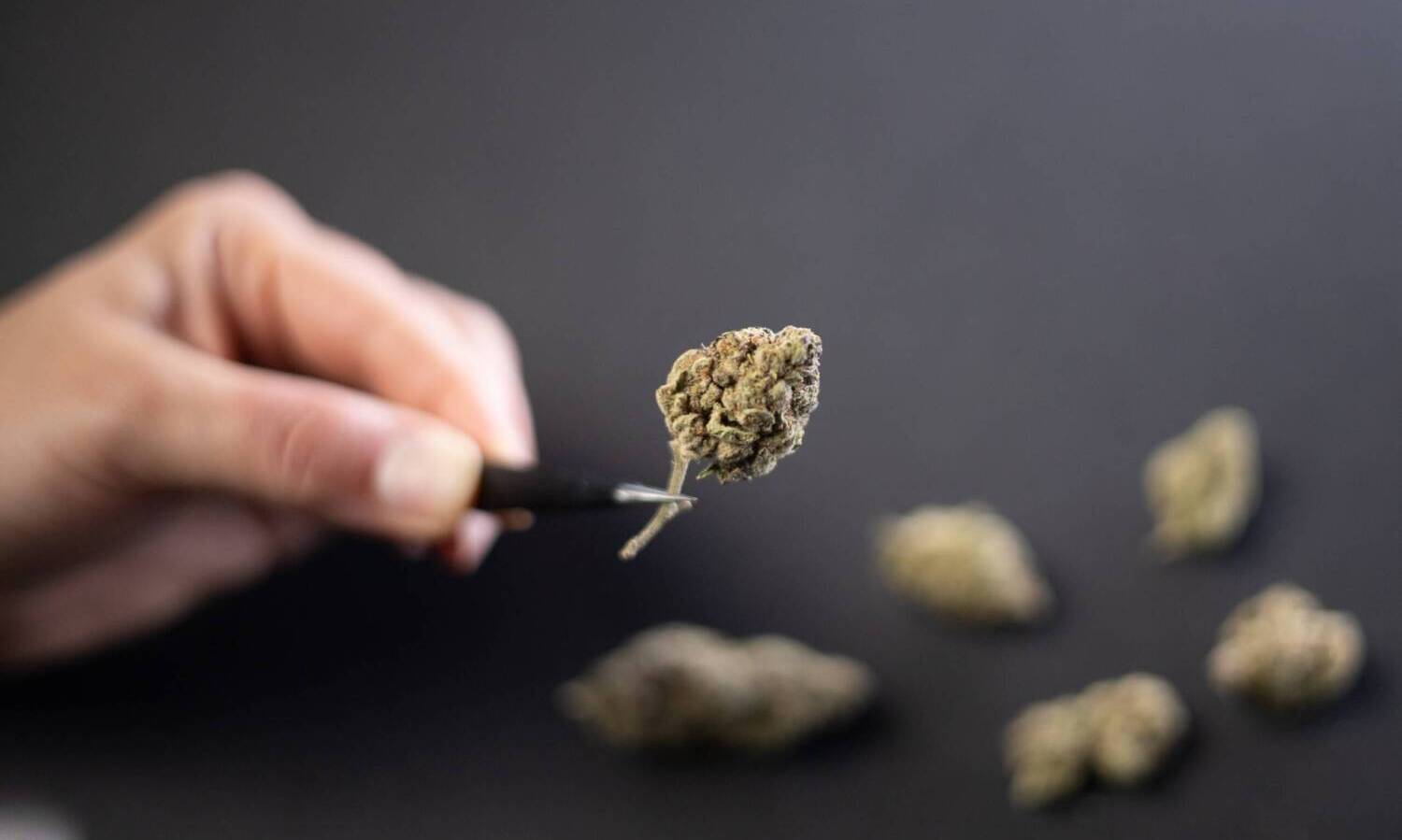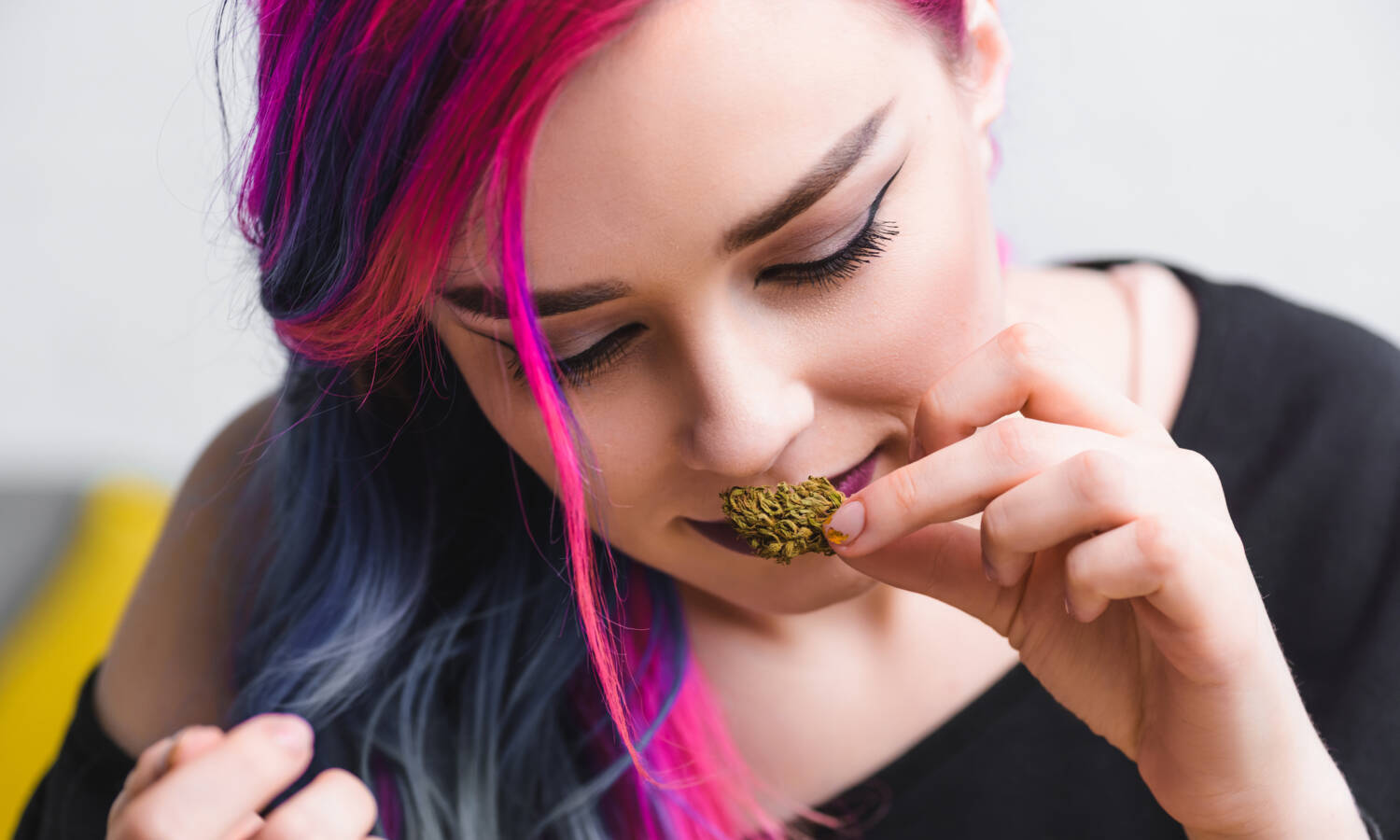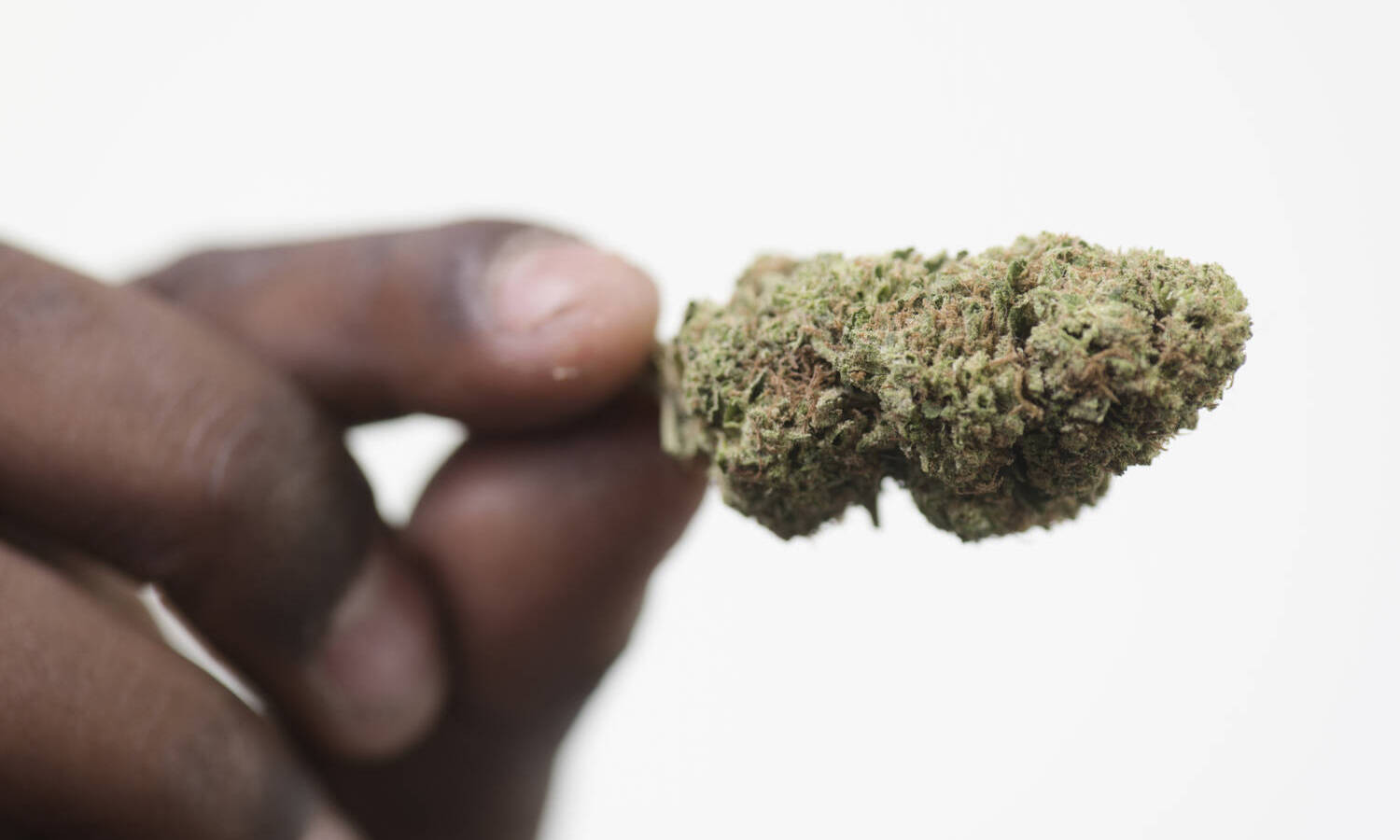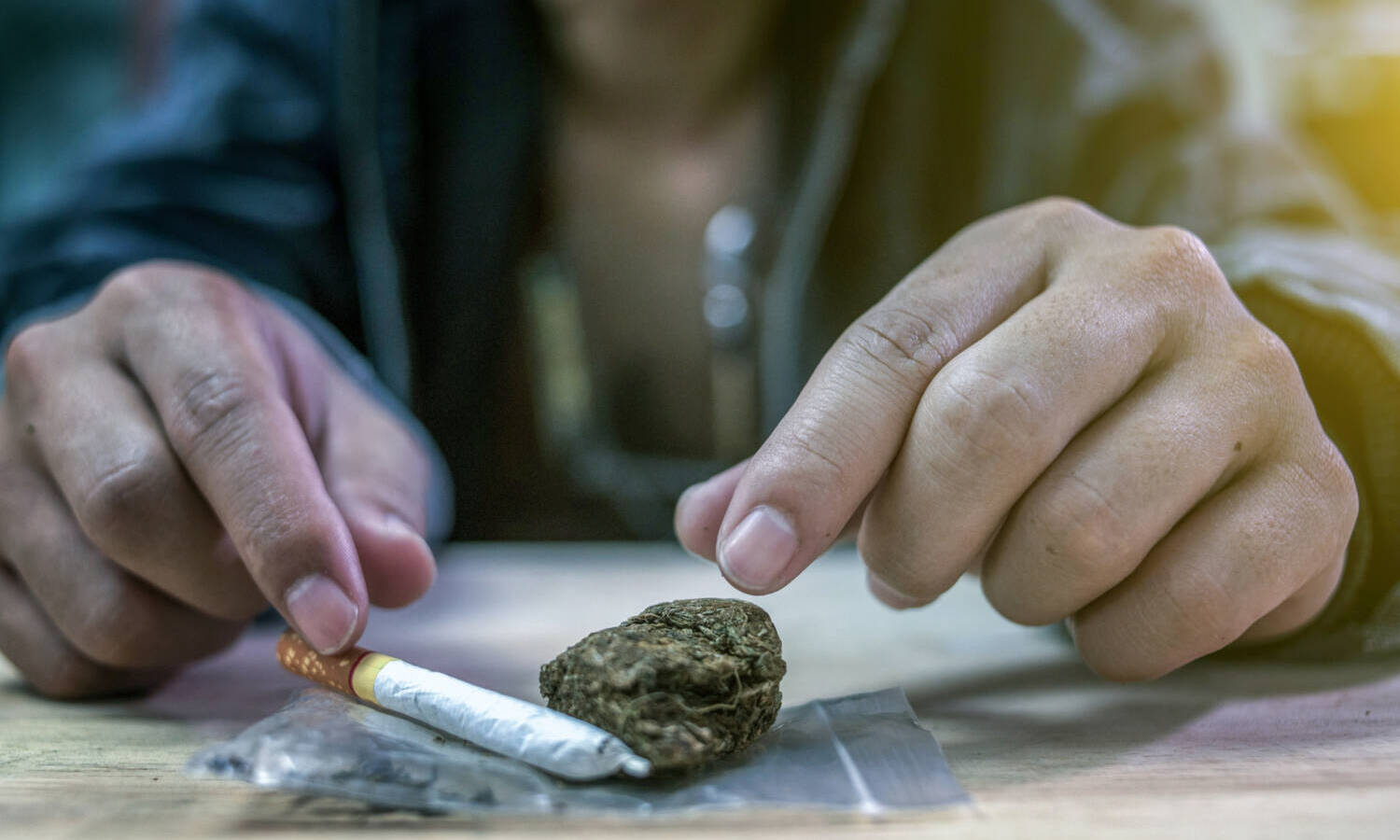The main objective of recognizing cannabis bud impurities is to ensure we take in purer and smoother-hitting buds.
It’s impossible to select only the best buds all the time. Even the best cannabis growers and bud tenders in the world make mistakes when picking buds. Once in a while, buds with odd physical appearance, flavor, or texture will be harvested alongside regular buds. You don’t have to judge yourself when this happens. There are even times when a bud seems perfect at harvest and develops issues later.
Cannabis bud impurities are pretty common. They are detected when the texture, taste, or aroma of the buds is off. Everyone wants a weed stash void of impurities. So, here is a comprehensive process to identify and avoid buds with impurities when you next harvest or process your crop.

Cannabis Analysis
This basically involves seeing, touching, and smelling your buds to check for contaminants.
Step One: Visual Inspection
This can be done using the naked eye or a microscope. If you notice that your cannabis flowers are covered with too much shiny, crystalline substance, something could be afoot. During the harvest process, shake out your buds and view the drop-off substances. Some impurities you might see include grains, crystals, or powders. If you cannot identify some of these substances, it would be best to run more analyses.
Step Two: Inspect by Feeling
Visual Inspection is not the end of the analysis, even if it doesn’t yield anything negative. Please pick up a bud to determine whether or not it crumbles or dries out quickly. Also, check to see if they are heavier than they ought to be and what happens when they get exposed to air. If the answer to the above questions is “yes,” then your buds could be contaminated.
Step Three: Smell and Taste Inspection
Before lighting up the buds, take a whiff to get a better read. Although this only works if you’re familiar with what a good nug smells and tastes like. If you catch a hint or taste of chemicals or other unnatural substances, then you may have contaminated buds.
RELATED: Why You Should Smell Your Weed Before Buying

Step Four: Inspect the Combusted Weed
When you light up the rolled-up buds, check if the buds give up sparks when you inhale. Also, check what the flame looks like immediately and after the weed is lit. If you hear a crackling sound when you drag on the buds, it is very possible that your buds are contaminated.
Also, check the flavor and smell given off by the weed; as soon as you detect an abnormal odor, you should put down the weed and stop inhaling.
Step Five: Inspect The Leftovers
This is the last process. If the previous inspections did not give off any weird results, there’s still a need to observe the ash left behind. A non contaminated bud will leave dark gray ash, which is obviously dry and soft to touch. If you see jet black, hard or greasy ash, then your buds contain one or more contaminants.
Types of Cannabis Contaminants
Cannabis is often exposed — directly or indirectly — to contaminants. The common culprits include sugar, sand, Brix fertilizer, hairspray, and industrial pesticides or fertilizers.
Sand
Sand is one of the natural residues that can slip past the inspection of even the most experienced cannabis connoisseurs. Sand is an unavoidable material in agricultural operations, so there’s a high chance it contaminates the products by accident. Some unscrupulous growers tend to add sand on purpose to their products because it gives the buds a shinier and heavier look.
It is always advisable to shake out your buds and sift through the ground ones before packaging.
Industrial Pesticides or Fertilizers
These often appear in commercially grown cannabis buds. Their presence in cannabis products can put consumers at risk of developing life-threatening ailments. Many of these chemicals are out for credible reasons, such as protecting crops and maximizing growth. However, the consumption of these hazardous chemicals over time can result in diseases such as neurotoxicity and asthma.
RELATED: How Can You Tell If Your Weed Is Laced With Anything?
These contaminants are not always detectable. The best way to check if your buds are contaminated by industrial pesticides or fertilizers is through laboratory testing.
One of the typical industrial pesticides and fertilizers is lead.
Other cannabis Contaminants to watch out for are:
- Fungus or mold
- Talc
- Glass
Prevention of Contamination In Cannabis Buds
Inspection could be a very tiring process. Correction is much more complicated than prevention. Hence, it is better to practice the following suggestions.
Check For Contamination Before Purchase
Whenever you want to buy cannabis, use the above methods to confirm that the intended product isn’t contaminated. Try to do the inspection at the store or as soon as you get to a private location.
Self-Cultivation
What better way to know what you’re consuming than to personally grow your own product. When you cultivate your own weed, you will be able to monitor what your cannabis is exposed to. You’ll personally regulate the plant’s environment to ensure it isn’t exposed to harmful contaminants.
RELATED: Is Sticky Weed A Good Or Bad Sign?

Have a Trusted Dispensary
There will be times when you’ll have no choice but to visit a cannabis store for a product—most likely because you’ve run out of your own self-cultivated stash. It is advisable to have a trusted dispensary and delivery company. Patronize well-respected outlets that have dedicated staff members for product testing and inspection. Many renowned dispensaries will not risk the reputation of their businesses by stocking unsafe products.
Bottom Line
If you ever find yourself with contaminated cannabis buds or products, the severity of contamination determines whether or not you’ll have to dispose of them. Some contaminated buds can be cleansed with the proper materials. However, if you have no time to do this yourself, it’s best to throw them out.
Water curing is best for removing contaminants like sand and sugar. Although it is not guaranteed to wash off every impurity, it will not compromise the bud’s terpene Orr cannabinoid profile.
The main objective of recognizing cannabis bud impurities is to ensure we take in purer and smoother-hitting buds. Carefully check through your homegrown and purchased cannabis bids at all times, if not for anything, but stay safe.
This article originally appeared on Cannabis.net and has been reposted with permission.


